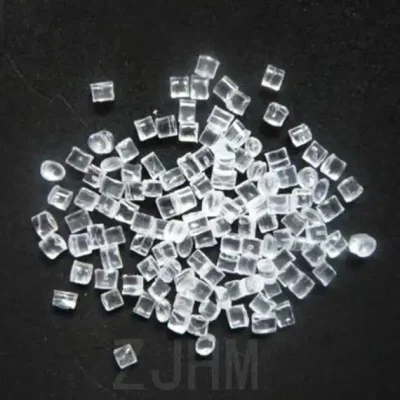-
Categories
-
Pharmaceutical Intermediates
-
Active Pharmaceutical Ingredients
-
Food Additives
- Industrial Coatings
- Agrochemicals
- Dyes and Pigments
- Surfactant
- Flavors and Fragrances
- Chemical Reagents
- Catalyst and Auxiliary
- Natural Products
- Inorganic Chemistry
-
Organic Chemistry
-
Biochemical Engineering
- Analytical Chemistry
-
Cosmetic Ingredient
- Water Treatment Chemical
-
Pharmaceutical Intermediates
Promotion
ECHEMI Mall
Wholesale
Weekly Price
Exhibition
News
-
Trade Service
Recently, the new aluminum alloy cable led by Jinbei electrician and other employees has been set as the latest national standard
in the cable industry.
This aluminum alloy cable reduces the cost
of traditional copper core cable by 30%.
According to Tang Chongjian, president of Jinbei Electrician, China's traditional cables generally use copper with stable safety performance to conduct electricity
.
Affected by the shortage of copper resources and high prices, the cost of cables is rising
.
In contrast, China's aluminum resources are abundant, and aluminum has the advantages of light weight, stable conductivity, long service life, etc.
, and the aluminum price is only 1/3
of the copper price.
In the low-voltage transmission network of North American countries, more than ninety percent of cables use aluminum alloy cables
.
Since 2007, Jinbei Electrical Engineering and Central South University have jointly developed new aluminum alloy conductors, and have developed a variety of aluminum alloy cables, which have obtained the latest national standards
.
Recently, the new aluminum alloy cable led by Jinbei electrician and other employees has been set as the latest national standard
in the cable industry.
This aluminum alloy cable reduces the cost
of traditional copper core cable by 30%.
According to Tang Chongjian, president of Jinbei Electrician, China's traditional cables generally use copper with stable safety performance to conduct electricity
.
Affected by the shortage of copper resources and high prices, the cost of cables is rising
.
In contrast, China's aluminum resources are abundant, and aluminum has the advantages of light weight, stable conductivity, long service life, etc.
, and the aluminum price is only 1/3
of the copper price.
In the low-voltage transmission network of North American countries, more than ninety percent of cables use aluminum alloy cables
.
Since 2007, Jinbei Electrical Engineering and Central South University have jointly developed new aluminum alloy conductors, and have developed a variety of aluminum alloy cables, which have obtained the latest national standards
.







